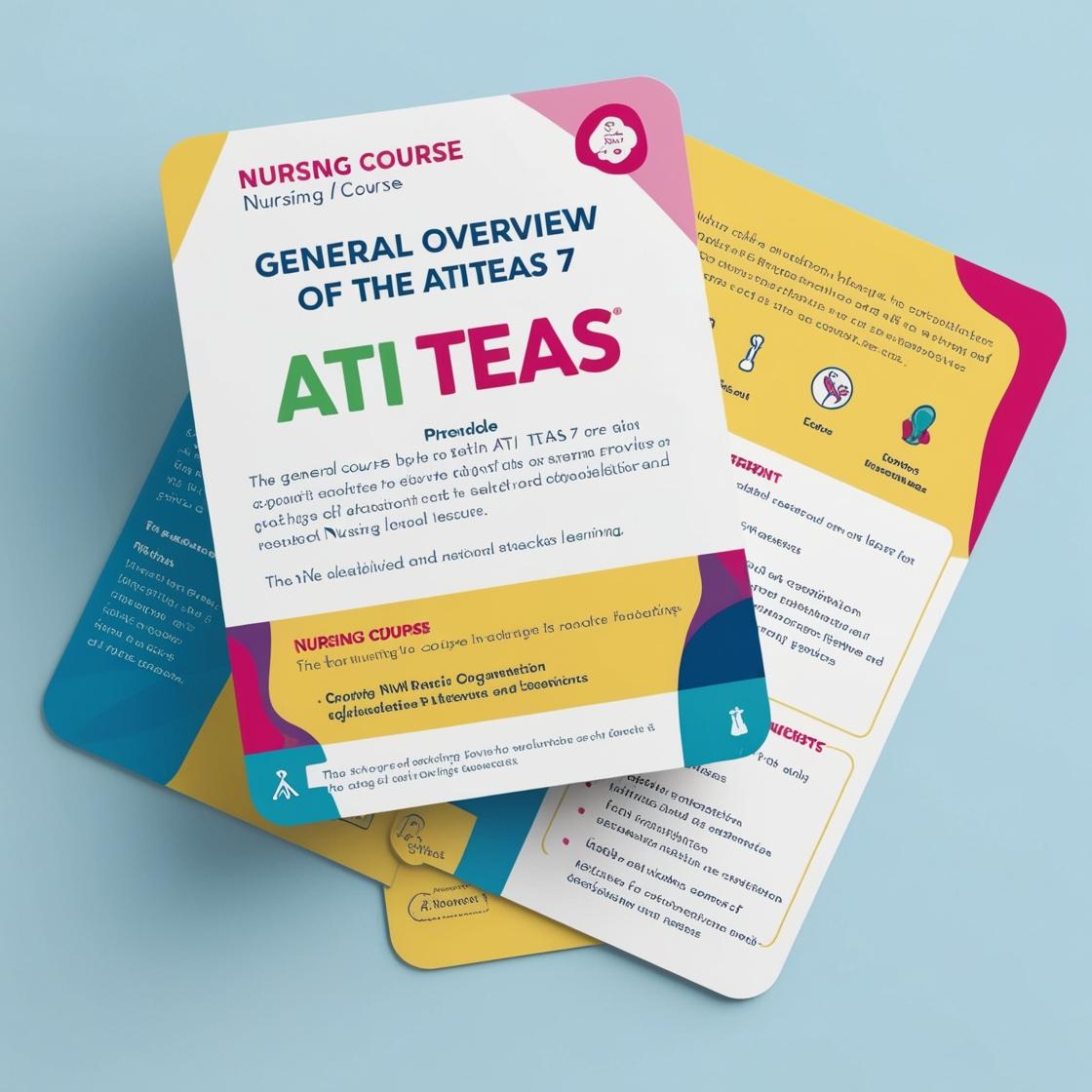ATI TEAS 7
Reading TEAS Practice Test
1. What was the author's purpose in writing this passage about George Washington?
- A. To inform readers about Washington's advice and its relevance to modern times.
- B. To introduce George Washington as a historical figure.
- C. To emphasize that George Washington had a multifaceted role beyond being a military hero.
- D. To persuade readers that George Washington is a hero of liberty.
Correct answer: A
Rationale: The correct answer is A: 'To inform readers about Washington's advice and its relevance to modern times.' The passage focuses on Washington's advice, leadership, and legacy, particularly his farewell address, highlighting its significance in current times. This choice accurately reflects the primary purpose of the passage. Choice B is incorrect because the passage goes beyond mere introduction, delving into Washington's actions and beliefs. Choice C is incorrect as while the passage does mention Washington's multifaceted role, the primary focus is on his advice and legacy. Choice D is incorrect because the passage does not aim to persuade readers of Washington's heroism but rather inform them about his advice and principles.
2. What does the following sentence most nearly mean? The preparatory instars of such insects are aquatic; the adult instar is aerial.
- A. The volume of water is necessary to prepare the insect for transition rather than the volume of the air.
- B. The abdomen of the insect is shaped like a star in the water as well as in the air.
- C. The stage of preparation in between molting occurs in the water, while the final stage is in the air.
- D. These insects first breathe in the water through gills, but then use the same organs to breathe in the air.
Correct answer: C
Rationale: The sentence is describing the life cycle of certain insects where their preparatory instars occur in the water, while the adult instar lives in the air. This means that the stage of preparation between molting or shedding of the exoskeleton happens in the water, but the final stage as adults is in the air. Choice A is incorrect as it misinterprets the meaning of the aquatic and aerial environments for the insect's life stages. Choice B is incorrect as it introduces a concept of the insect's abdomen being shaped like a star, which is not mentioned or relevant to the sentence. Choice D is incorrect as it introduces information about the insects' breathing organs, which is not directly related to the sentence's meaning about their life stages.
3. With which of the following statements would the author most likely agree?
- A. There is no real mystery about the Bermuda Triangle because most events have reasonable explanations.
- B. Researchers are wrong to expand the focus of the Triangle to the Azores, as this increases the likelihood of accidents.
- C. The official statement of 'causes or reasons unknown' in the loss of the Navy planes was a deliberate concealment from the Navy.
- D. Reducing the legends about the mysteries of the Bermuda Triangle will help to reduce the number of reported accidents or shipping losses in the region.
Correct answer: D
Rationale: The author would most likely agree with the statement that reducing the legends about the mysteries of the Bermuda Triangle will help to reduce the number of reported accidents or shipping losses in the region. This aligns with the perspective that many events in the Bermuda Triangle can be explained logically and that dispelling myths and legends can lead to a more accurate understanding of the phenomena occurring in the area. Choice A is incorrect because the author acknowledges that the Bermuda Triangle has sparked interest due to unexplained events. Choice B is incorrect as expanding the focus of the Triangle to the Azores is not associated with an increase in accidents, according to the author. Choice C is incorrect as the author does not suggest a deliberate concealment but rather points towards logical explanations for the events in the Bermuda Triangle.
4. What is the purpose of this passage?
- A. To describe the sun-fish's reproductive habits.
- B. To explain the ecosystem of the sun-fish.
- C. To persuade readers to protect aquatic ecosystems.
- D. To discuss the mating habits of sun-fish.
Correct answer: A
Rationale: The correct answer is A. The passage describes the reproductive habits of the sun-fish, focusing on how the mother sun-fish provides and guards her spawn until they are ready to take care of themselves. Choice B is incorrect as the passage does not delve into the broader ecosystem of the sun-fish. Choice C is incorrect as there is no persuasive element in the passage about protecting aquatic ecosystems. Choice D is incorrect as the passage does not discuss the mating habits of sun-fish but rather the care provided by the mother sun-fish.
5. To which chapter should Regina turn if she needs to find out what to do if the car begins overheating?
- A. III
- B. IV
- C. VI
- D. I
Correct answer: C
Rationale: An overheating vehicle is considered an emergency situation, so Regina should refer to Chapter VI, which covers emergencies in the car owner's manual. Chapter III focuses on Audio, Climate, and Voice Controls, which is not relevant to an overheating car. Chapter IV discusses Pre-Driving and Driving, which does not address overheating. Chapter I pertains to Vehicle Instruments and is not the appropriate chapter for handling an overheating car.
Similar Questions

Access More Features
ATI TEAS Premium Plus
$149.99/ 90 days
- Actual ATI TEAS 7 Questions
- 3,000 questions with answers
- 90 days access
ATI TEAS Basic
$99/ 30 days
- 3,000 Questions with answers
- 30 days access
